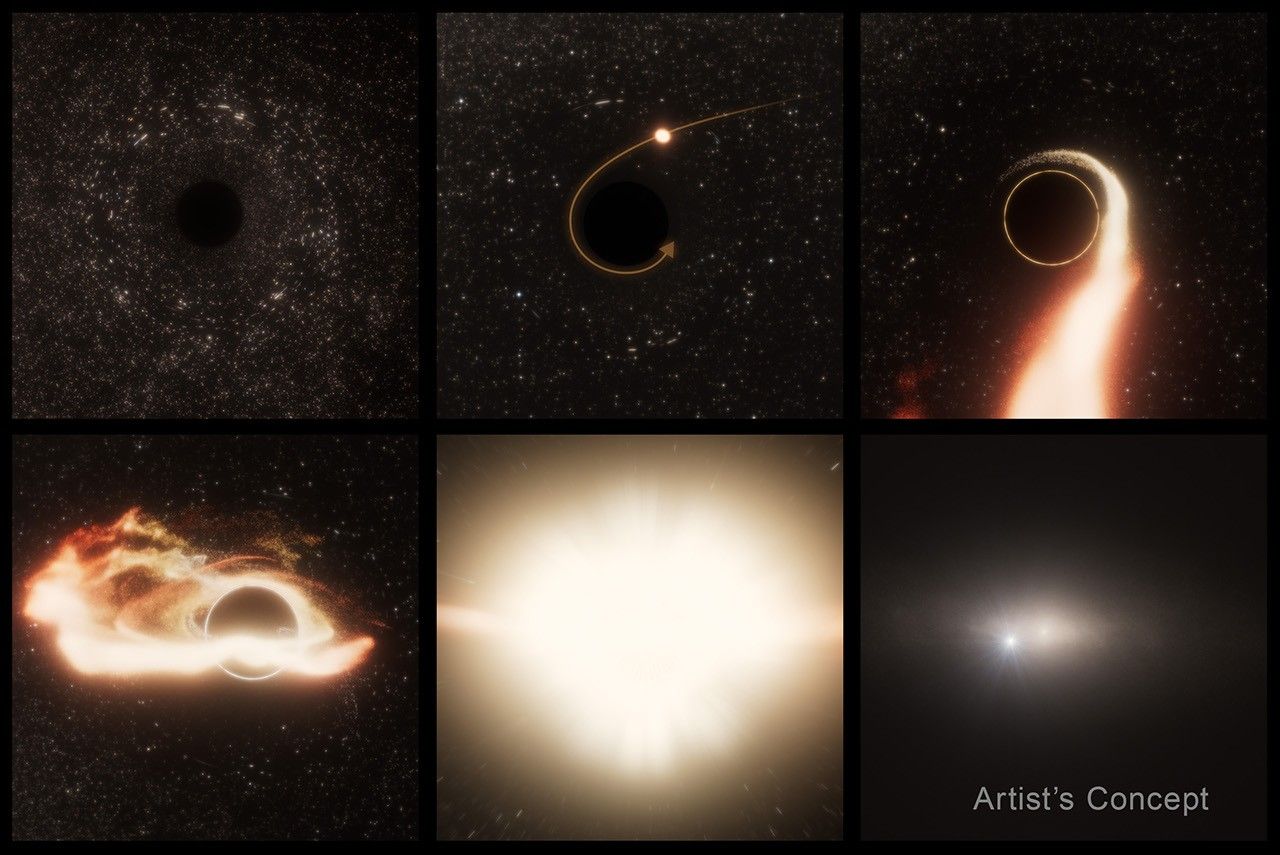Now Reading: Failed Soviet Spacecraft Set to Crash on Earth, Location Uncertain
-
01
Failed Soviet Spacecraft Set to Crash on Earth, Location Uncertain
Failed Soviet Spacecraft Set to Crash on Earth, Location Uncertain

Speedy Summary:
- Soviet spacecraft Kosmos 482, launched in 1972 for a mission to Venus, is expected to crash back to Earth on May 9 or 10, after spending over five decades in low Earth orbit.
- Teh spacecraft failed shortly after launch and broke into pieces; three fragments landed in New zealand at that time while one remained in orbit.
- The remaining fragment – its landing capsule – measures more than a meter wide and weighs nearly 500 kilograms. It was designed to endure Venus’ atmosphere and is likely able to survive atmospheric reentry intact.
- Current projections indicate the capsule could land anywhere between latitudes of 52° north and 52° south. scientific analysis suggests it will most likely fall into the ocean rather than hit inhabited areas due to low probability.
- Tracking efforts are narrowing down potential landing sites as the debris gets closer. Space debris frequently falls but usually burns up or lands harmlessly; Kosmos 482 poses a rare exception due to its size and durability.
Indian Opinion Analysis:
Kosmos 482’s anticipated return highlights broader concerns surrounding space debris management, a growing challenge with implications for global safety. while active tracking ensures minimal risk of harm from this particular object, India’s emerging role as a notable player in space exploration necessitates proactive attention towards space sustainability. With advancements like ISRO’s robust satellite programs and lunar missions, India needs strengthened mechanisms for addressing orbital debris through international cooperation or regulatory frameworks that align with UN goals on sustainable space activity.
The imminent descent also underscores humanity’s ongoing efforts toward planetary missions-ancient ventures such as Kosmos contribute valuable lessons about technical resilience essential for future solar system explorations by nations including India.

























